Results 10,191 to 10,200 of 12096
Thread: Anandtech News
-
01-06-20, 10:40 AM #10191
Anandtech: 32-Inch G-Sync Ultimate Monitors w/1152 Zone Mini-LED Inbound, & LG 2020 O
Following yesterday’s announcement of the first 360Hz G-Sync monitor, the ASUS ROG Swift 360, this morning NVIDIA is announcing some updates in the high-end HDR portion of the market as well.
Kicking things off, NVIDIA is using CES 2020 to once again drum up interest in G-Sync Ultimate (HDR) monitors, this time by announcing a pair of new 32-inch 4K monitors with Mini-LED backlighting. For those keeping track, this is the second set of Mini-LED-based monitors that the company has announced; NVIDIA first unveiled 27-inch monitors back at Computex 2019 for Acer and ASUS, though those monitors have yet to ship.
Besides being the first G-Sync Ultimate monitors available in a 32-inch panel size, the new 32-inch models’ claim to fame is an 1152 zone backlighting system, which is the largest number of zones announced for an LCD monitor to date. According to NVIDIA, the forthcoming Acer X32 and the ASUS PG32UQX will be able to offer a peak brightness of 1400 nits, with the finer-grained Mini-LED FALD backlighting providing better local contrast and reduced backlight blooming. Otherwise these new monitors are fairly similar to the current-generation 27-inch models, offering a 3840x2160 resolution with a maximum refresh rate of 144Hz (with 4:2:2 chroma subsampling).
Increasingly typical for CES monitor announcements, NVIIDA isn’t offering any guidance on when these monitors will be available.; for now, they’re works in progress. As mentioned earlier, we’re still waiting on last year’s 576 zone 27-inch monitors, the ASUS PG27UQX and its Acer equivalent, to start shipping. We haven’t heard anything about those monitors since Computex, so we’ll be poking NVIDIA about those as well.
Though it is interesting to note that if they do end up shipping, they’ll be quickly outclassed in backlighting technology by the new 32-inch designs. Even with the larger panel size of the 32-inch monitors, the backlighting density is still much greater. The 27-inch monitors will have ~1.85 LEDs per square inch, while the 32-inch monitors will offer 2.63 LEDs per square inch, a 42% increase in LED density.
LG's 2020 OLED TVs Are Certified As G-Sync Compatible
Meanwhile in the high-end TV space, NVIDIA is announcing that they have already certified LG’s new 2020 OLED TVs as G-Sync Compatible. This follows last year’s certification of the E9, C9, and B9 series of TVs, all of which received HDMI-VRR variable refresh support, and were later certified by NVIDIA once their G-Sync Compatible certification program launched. As was the case with last year’s monitors, NVIDIA’s certification means that they meet the company’s standards for image stability (e.g. no artifacting or flickering), and that HDR gaming works as well. All told, NVIDIA says that 12 OLED monitors are being certified, though ahead of LG’s own announcement they aren’t specifying model numbers.
LG of course remains the player to beat in the TV space as far as most gamers are concerned. Their WOLED-based TVs have developed a (well earned) reputation for both low input latency and for HDR image quality, the latter a product of individually addressable OLED subpixels. And while LG and NVIDIA are not close partners in the way NVIDA and their PC monitor partners are – today’s announcement is basically just certifying a setup built on top of industry standards – it’s none the less important for NVIDIA, since LG all but has a lock on the high-end market for gaming TVs.
More...
-
01-06-20, 10:40 AM #10192
Anandtech: NVIDIA Releases CES Game Ready Driver: Variable Rate SSAA for VR, Max Fram
While NVIDIA doesn’t have any new GPU hardware to show off at this year’s CES, the company is not coming entirely empty-handed. Along with a couple of monitor announcements, NVIDIA is also releasing a new video driver today, which they’re calling the CES Game Ready Driver, which will be introducing a few new quality of life improvements for GeForce users.
The marquee addition for the latest driver is what NVIDIA is calling Variable Rate Supersampling (VRSS) for Virtual Reality. Based on the Variable Rate Shading technology found in NVIDIA’s Turing GPU architecture, VRSS invokes the same concept, but in reverse. Rather than shading a section of the screen at a fraction of the normal rate (100%/1:1), as is normally done with VRS, VRSS can shade that section at a rate over 100%. This technique, in turn, is being deployed for use in VR headsets as a means to offer a mid-grade option between running without any kind of supersampling, and using relatively expensive full screen supersampling.
It’s this sectionality, in turn, that truly drives the utility of VRSS. As it’s based on NVIDIA’s variable rate shading technology, the company can do VRSS in a foveated manner, running it only towards the center of the VR user’s field of view, where they are most likely to see this difference. This way the outer edges of the screen don’t receive any supersampling, conserving resources in an area where the user isn’t likely to notice the benefit. We’ve been seeing NVIDIA talk about foveated rendering for some time now, and VRSS is a very practical application of that idea.
Diving a bit under the hood, the maximum image quality boost from VRSS should be fairly close to full screen supersampling, though based on NVIDIA’s announcement there seems to be a few differences. The outstanding question is whether VRSS can supersample geometry as well as shaders/textures. VRS, for reference, only dials down the sampling rate of the latter, while leaving geometry untouched. So if VRSS similarly doesn’t deal with geometry, then that would mean there would still be some geometry aliasing.
Finally, along with allowing foveated supersampling, NVIDIA will also support dynamically adjusting the VRSS sampling ratio. This means that the amount of supersampling can be dialed up or down as needed. Similar to dynamic resolution scaling, this is designed to allow games to hold to a (relatively) fixed framerate, while the complexity of the world changes around the user. Which for VR headsets means that NVIDIA can hold the framerate to 90fps, and do as much (or as little) VRSS as the remaining GPU resources allow.
VRSS is launching today, and is initially supported in 24 DirectX 11 VR games.
Max Frame Rate Cap, Freestyle Updates, & Image Sharpening Updates
Moving on, today’s driver is also introducing a couple of more minor changes to NVIDIA’s software stack. First off, NVIDIA has finally added support for a maximum framerate cap. Long available via third party utilities like MSI Afterburner – as well as in competitor AMD’s drivers – a frame rate cap does exactly what’s in the name: it allows a user to cap the maximum framerate of a give to a specific value. The uses for a framerate cap outside of the maximum refresh rate are a bit on the niche side of matters, but some G-Sync users swear by keeping a game capped just below the monitor’s maximum refresh rate. As well, frame rate caps can be used to reduce the overall rendering performance required for a game, thereby saving battery life. That use is conceptually similar to (but less advanced than) AMD’s Radeon Chill technology.
The new driver is also introducing some changes to NVIDIA’s ever-evolving image sharpening option. Image sharpening can now be used with custom resolutions, and the feature is being tweaked to allow for GPU resolution scaling to be enabled/disabled independently when using image sharpening.
Finally, the CES driver is delivering a small update to NVIDIA’s Freestyle filters to enable more options to use multiple filters at once. A new filter has been added that allows for multiple filters to be used in a split screen fashion, allowing for filters to be split or blended across the screen.
More...
-
01-06-20, 12:17 PM #10193
Anandtech: Lenovo’s Qreator 27: A Sub-$900 10-Bit 4K Professional Monitor w/ Qi Charg
Just in time for CES 2020, Lenovo has introduced a new display for media creators, the Qreator 27. Lenovo's latest monitor offers essential professional-grade qualities along with a number of value-added features like built-in LG's Crystal Sound audio sub-system, a Qi wireless charger for mobile devices, and even some gaming technologies. Equally important, the Qreator 27 shouldn't be too hard on the wallets of its content creator market, with a retail price under $900.
The Lenovo Qreator 27 monitor relies on — you guessed it right — a 27-inch 10-bit IPS panel with a 3840x2160 resolution. The display offers a max brightness of 400 nits, a 4 ms response time, and a 60 Hz refresh rate. Under the hood, the LCD uses a WLED backlighting and can generate 98% of the DCI-P3 color gamut, which is in line with professional-grade monitors and which is important for videographers, game designers, and other digital content creators.
As far as connectivity is concerned, the Qreator 27 has a DisplayPort 1.2, an HDMI 2.0, and a USB 3.1 Gen 2 with DP Alt mode connector (presumably with Power Delivery support). In addition, it has a dual-port USB 3.0 hub.
Not many professional displays feature integrated speakers, but this is not the case with the Qreator 27, which uses LG’s Crystal Sound technology that produces sound by vibrating the screen panel. Also, the monitor has a Qi wireless charging pad that will make life for many people significantly easier.
While the LCD is designed primarily for professionals, it features VESA’s DisplayHDR 400 certification as well as AMD’s FreeSync variable refresh rate technology. Not that DisplayHDR 400 guarantees proper HDR experience due to mediocre brightness or FreeSync with a refresh rate of up to 60 Hz is important, but the fact that the Qreator 27 supports these technologies makes it somewhat more attractive to those who are going to use the device not only for work.
Lenovo will start sales of its Qreator 27 monitor in March for $899.99.
Related Reading:
- Lenovo Unveils ThinkVision Creator Extreme P27: A Professional Monitor with Mini LED FALD
- NEC's MultiSync PA311D, a 10-bit IPS 4K Professional Monitor
- Dell’s Introduces UltraSharp 27-Inch 4K Monitor (UP2720Q) With Integrated Colorimeter
- Philips Brilliance 272P7VUBNB: A Sub-$350 27-Inch 4K IPS Monitor with 65W USB PD & GbE
- CES 2020: Dell’s New UltraSharp U2520Q & U2720Q USB-C Monitors for Designers
Source: Lenovo
More...
-
01-06-20, 02:32 PM #10194
Anandtech: CES 2020: The Lenovo Yoga 5G with Qualcomm’s 8cx and Support for mmWave/Su
We’ve been tracking the development of ‘always connected PCs’ since Qualcomm entered the laptop market with promises of enhanced connectivity and all-day battery life. Depending on the market, it’s the latter that resonated most with users: a full 24 hours of real battery is a killer feature. Nonetheless, the desire to enhance the experience with more connectivity options is the primary purpose of this segment, and with the latest 8cx hardware almost ready to go, as one of Qualcomm’s primary partners, Lenovo is almost ready with its newest 5G Yoga device.
So I’ve actually had one of Lenovo’s older Yoga 630 WoS units, equipped with the Snapdragon 855, and the main purpose I use it for is two-fold: as the ultimate backup at events or as the sole device when I’m working and I can’t guarantee a power outlet (say, a 11+ hour flight in economy). The thing it needs is speed, especially as we’re talking about Windows on an Arm-based device. Qualcomm is promising speed with the new 8cx chip, and when paired with a Snapdragon X55 modem, the idea is that for 5G enabled offices and markets, connectivity won’t be an issue.
The new Lenovo Yoga 5G builds on the design of the Yoga 630 WoS, by offering a similar 14-inch 1920x1080 IPS display at 400 nits, a 60 Wh battery, dual USB-C ports, and a fingerprint reader. Aside from the bump from the S855 to the 8cx, the minimum specification also gets a memory/specification lift up to 8 GB of LPDDR4 and 256 GB of UFS 3.0, with a second model offering double the storage.
Inside with the Snapdragon 8cx is the X55 modem, which is stated to have antenna to support both full-band mmWave and Sub 6 GHz networks. Given Lenovo’s business for these devices is likely to be both China and North America, I would assume that this unit should support both (or variants for different markets would be provided). The battery inside, 60 Wh, is almost double the size of the Microsoft Surface that also uses a Qualcomm chip, which would solve the battery life concerns which that device has come under fire for.
The unit comes in an iron-grey color, like the Yoga C630, and also has a Touch Pen accessory available. Lenovo says the unit will start at $1499, which is a premium over the C630. The release date is listed as ‘Spring 2020’.
Gallery: CES 2020: The Lenovo Yoga 5G with Qualcomm’s 8cx and Support for mmWave/Sub-6





More...
-
01-06-20, 02:32 PM #10195
Anandtech: CES 2020: Lenovo Yoga Slim 7, with AMD 4000 APU inside, Coming March
One of the big questions through late 2019 was whether AMD would be releasing its newest Zen 2-based mobile processors by the end of the year. At the time this embargo lifts is AMD’s press conference at the annual CES trade show, and we should know more. But in advance of that announcement, Lenovo provided us a pre-briefing where it gave us details about its new Yoga Slim 7 laptop, featuring one of the new processors. The release date for this unit is listed as March, which matches the other devices showcased by other OEMs with the same processors.
Lenovo’s Yoga Slim range prides itself on offering full-sized mobile devices in a ‘thinner-than-you-expect’ form factor for the price. The Yoga Slim 7 being discussed today at CES with AMD’s Ryzen 4000 inside is a 14-inch display device featuring a 1920x1080 IPS display, offering up to 16 GB of LPDDR4X memory, up to a 1 TB NVMe SSD, two USB 3.2 ports, one multi-mode Type-C port, 802.11ac WiFi, and an IR camera, all for 14.9 mm thickness (0.58 inches).
Prices will start at $699, although that doesn’t state which processor/memory/storage configuration that would be. The battery comes in at 60.7 Wh, which Lenovo is stating should be good for 14 hours, which would be a sizeable uplift in mobile battery efficiency from AMD.
There will also be an Intel version with similar specifications, with only the Ice Lake Core i7-1065G7 CPU as an option, but otherwise similar specifications (an optional NVIDIA MX GPU) and similar battery life estimates. The difference is that one starts at $1210, and will be in the market from April 2020.
We will hopefully get some hands on with the devices at CES, so stay tuned for more information.
Gallery: CES 2020: Lenovo Yoga Slim 7, with AMD 4000 APU inside, Coming March





More...
-
01-06-20, 04:08 PM #10196
Anandtech: D-Link Announces New EasyMesh-Compatible Wi-Fi 6 Gateways and Extenders
The Wi-Fi system / mesh market has turned out to be very attractive for gateway vendors, enabling them to have higher ASPs and more revenue per user. On the technical side, each platform vendor has their own proprietary mesh solution, and these solutions have been rendered non-interoperable further by tweaks from the vendors themselves. In 2018, the Wi-Fi Alliance weighed in with the EasyMesh standard that could allow equipment from different vendors to co-operate for a standards-based mesh networking functionality.
At CES 2020, D-Link is announcing a set of routers and access points with D-Link Wi-Fi Mesh. Even though the Wi-Fi Alliance has not officially released the EasyMesh standard yet, D-Link promises that the new products with D-Link Wi-Fi Mesh will work seamlessly with other products that adopt the EasyMesh standard.
The new products also include some cost-effective Wi-Fi 5 (802.11ac) solutions, though the major ones are all based on the Wi-Fi 6 standard. A comparison of the features of the new products is provided below.
The gallery below presents details of the new products in the stack:
Pricing ranges from $100 for the DIR-1750-US AC1750 mesh router and the DAP-1755-US AC1750 mesh Wi-Fi range extender to $280 for the DIR-X5460-US Smart AX5400 mesh Wi-Fi 6 router.
More...
-
01-06-20, 04:08 PM #10197
Anandtech: AMD Keynote Presentation Press Event at CES 2020: The AnandTech Live Blog
We're here ready to Live Blog the annual CES keynote from AMD. We expect to see Lisa Su, Frank Azor, and others take to the stage to discuss what's happening for AMD in the first half of 2020.
More...
-
01-06-20, 06:33 PM #10198
Anandtech: Intel CES 2020 Keynote Live Blog: Ice, Comets, and More To Come
We're here at the Mandalay Bay Convention Center for Intel's CES 2020 keynote. Intel always makes their CES presentations exciting affairs, and we're expecting much the same this year. However there is no escaping the big question that Intel must face: how do you keep products fresh and competitive when the company's 10nm fab plans have gone well off course?
More...
-
01-06-20, 06:33 PM #10199
Anandtech: Acer Swift 3, either with Core i7-1065G7 or Ryzen 7 4700U: The Laptop Mark
Everyone wants a notebook that fulfills their needs, is super light, lasts forever, and only costs a dime. We’re not in fantasy land just quite yet, but Acer is trying with its new Swift 3 for 2020. There’s one kicker in these units though – there will be AMD and Intel variants, using the latest and greated from both – Intel’s 10nm Ice lake vs. AMD’s new 7nm APUs.
The new Acer Swift 3 ultraportable is a 14-inch unit weighing 1.2 kg (2.6 lbs) that has either up to an octo-core AMD Ryzen 7 4700U inside or up to an Intel Core i7-1065G7, 16 GB of LPDDR4X memory, and up to 512 GB of NVMe storage. Acer is going for a premium design feel here, with the lightweight chassis, narrow bezels (4.37mm), and support for features like Windows Hello and Wake on Voice supported. The full unit is 16.55mm / 0.65-inches thick.
AMD Prices will start from $599 for the base configuration, and exact specifications will come closer to the launch in May. Intel will start from $699 and be available from March.
If one thing is going to be clear at this year’s CES, it’s going to be that AMD and Intel are going to be hitting each other with design wins. Normally for design wins we talk about flagships, but I suspect we’ll see AMD in a lot of mid-price notebooks with good all-round specifications, which is going to be where Intel will feel the heat. Not to be outdone, Intel is expected to have a number of Ice Lake designs at CES as well – the Intel Acer Swift 3 has Athena certification for example, which might be where the extra base cost comes from, as it will likely have Thunderbolt 3, Wi-Fi 6, and an ultra-low power display. It would be interesting to square off Intel vs AMD here in a review later this year.
More...
-
01-06-20, 09:28 PM #10200
Anandtech: Netgear Augments Wireless Broadband Gateway Options with Nighthawk M5 5G W
Netgear's mobile broadband product stack has a variety of different product offerings mostly targeting the personal hotspot market. However, with 5G, wireless home broadband has become a credible proposition. In gearing up for the widespread adoption of 5G across different markets, Netgear is introducing the Nighthawk M5 5G Wi-Fi 6 Mobile Router at CES 2020.
The M5 is designed to make high-speed broadband available in multiple scenarios - such as in-vehicle, or camping, or even just at home. The device is equipped with Wi-Fi 6 technology, and features a touch UI. It supports up to 4 Gbps on the 5G side. Availability is slated for the second half of 2020, and pricing is yet to be decided. The battery is designed to be removable - this helps in cases where the unit is wall-powered (as is the situation when the M5 is used for in-home broadband). The unit also features a single gigabit LAN port.
Netgear is also introducing the 4G LTE Wi-Fi Orbi Router at the show. The device is mainly aimed at places where fixed broadband penetration is not high such as in rural areas or sites of vacation homes. The Orbi 4G LTE Wi-Fi router is a AC2200 tri-band Wi-Fi device with a 4G LTE Category 18 connection (up to 1.2 Gbps).
Netgear plans to sell the LBR20 router-only package for $400, starting in Q2 2020. Users can expand Wi-Fi coverage by adding any Orbi satellite to the installation. The LBR20 can also be used as a dual-WAN gateway with failover capabilities, allowing for seamless switchover to 4G LTE when the primary Internet service experiences a failure. The LBR20 carries over all the consumer-friendly Orbi features such as painless app-based setup and management, Disney Circle, and Netgear Armor.
More...
Thread Information
Users Browsing this Thread
There are currently 18 users browsing this thread. (0 members and 18 guests)




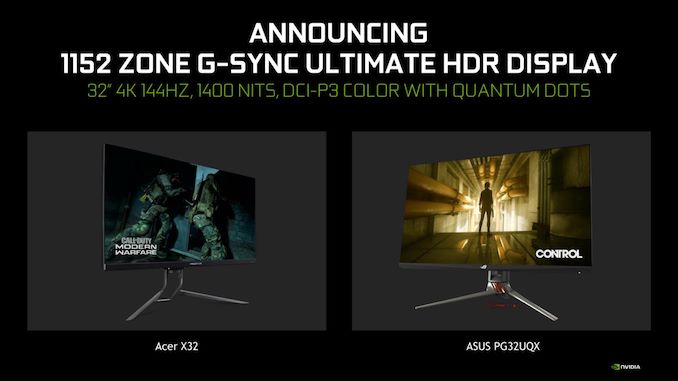
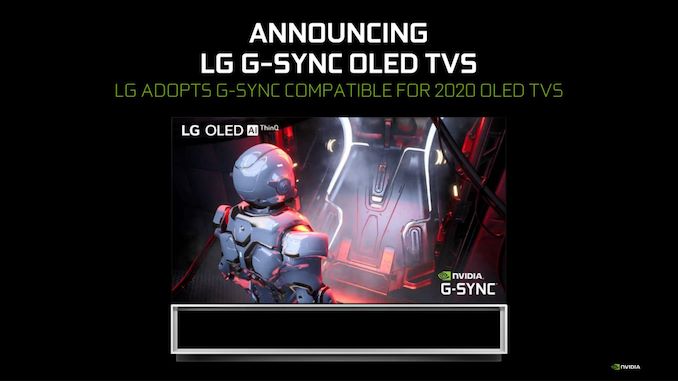

 Quote
Quote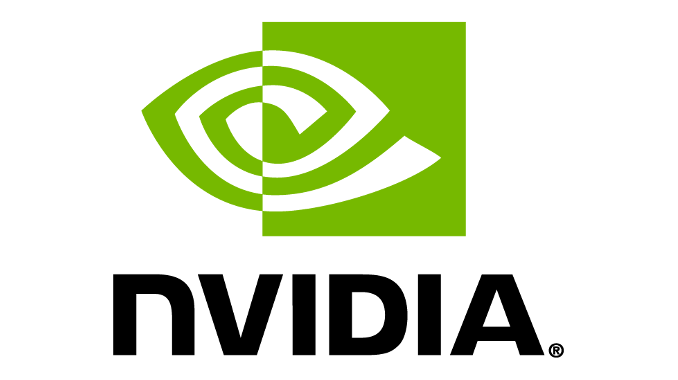
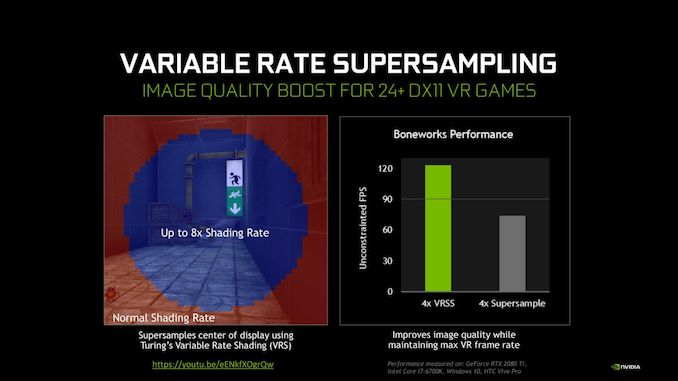
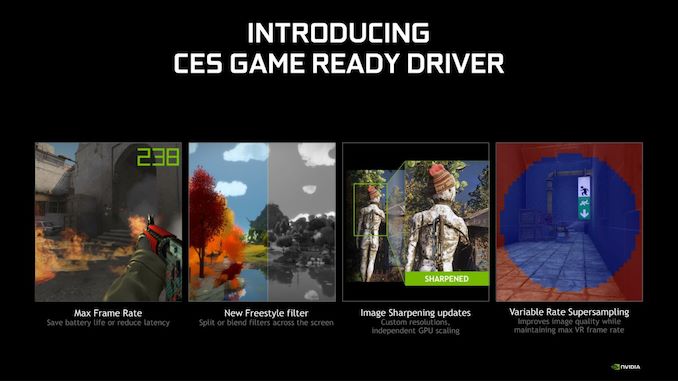

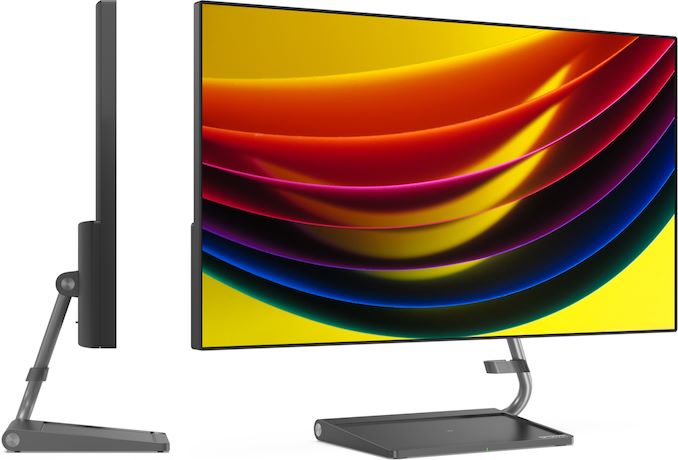

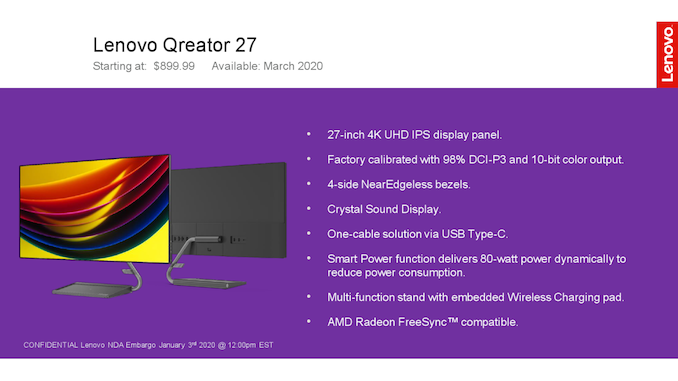
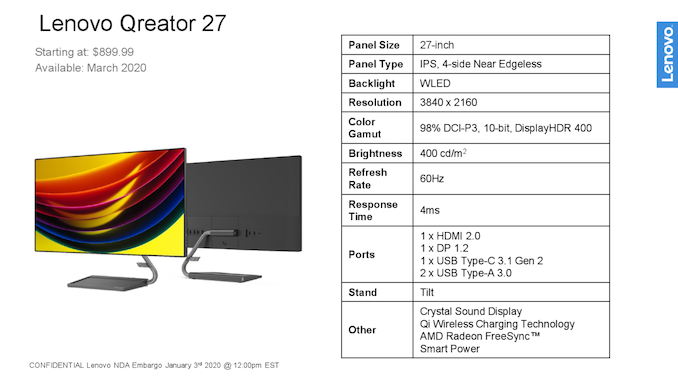


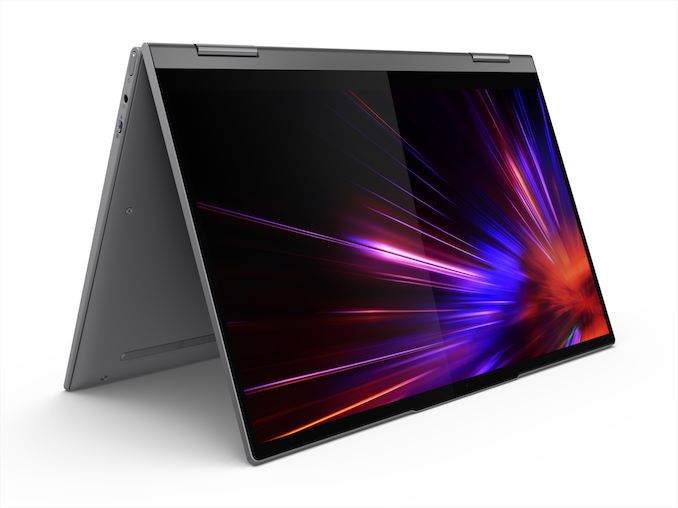
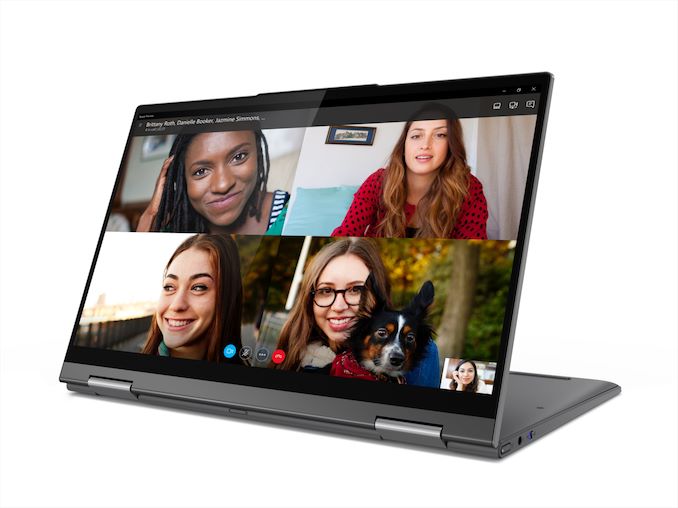
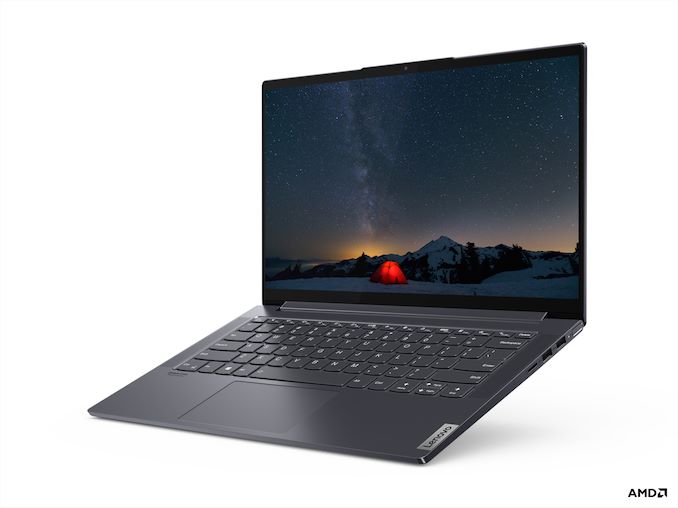
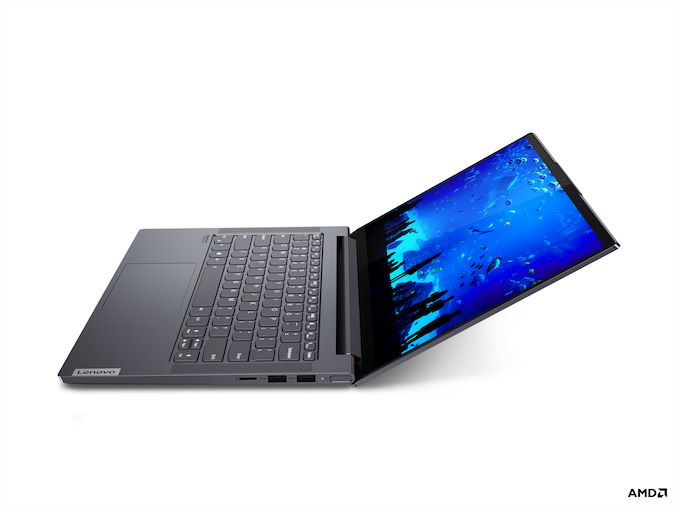
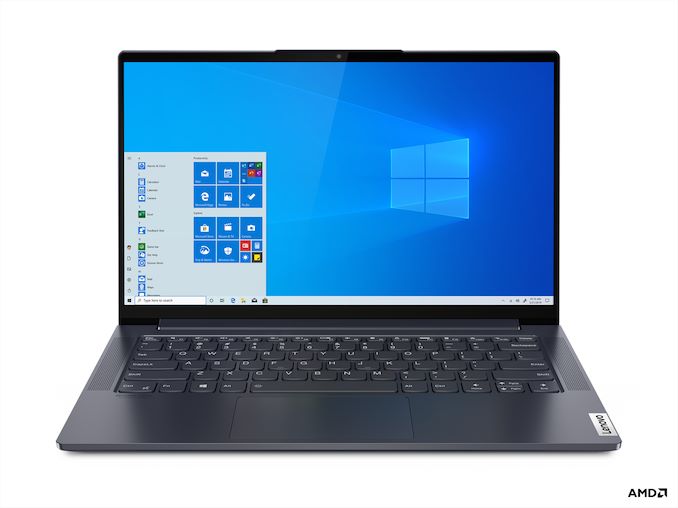

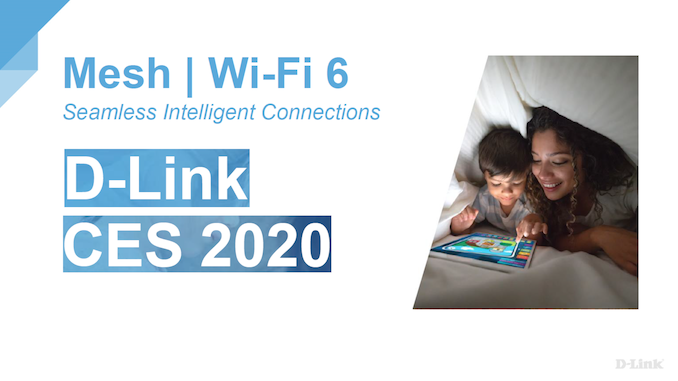
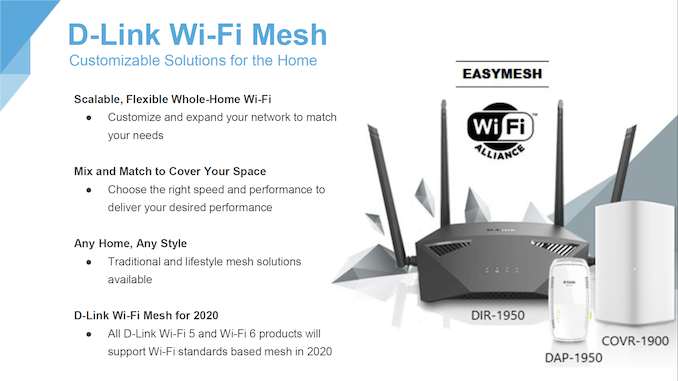
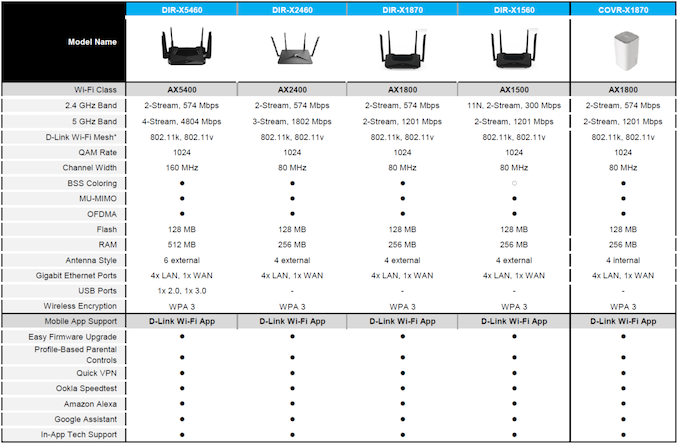





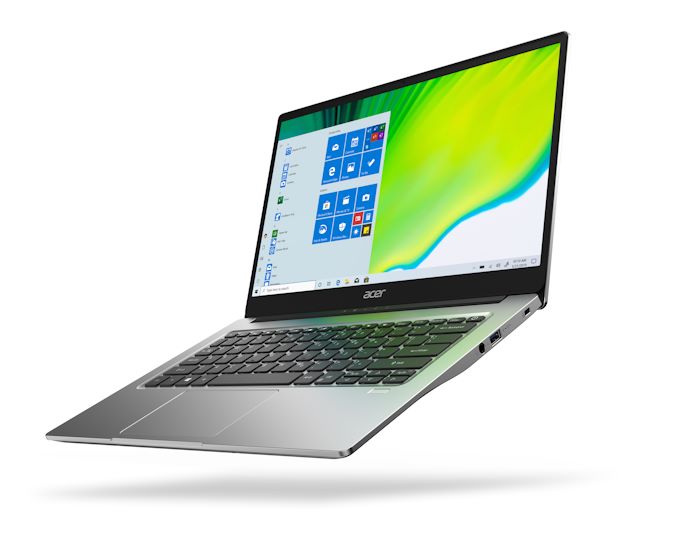
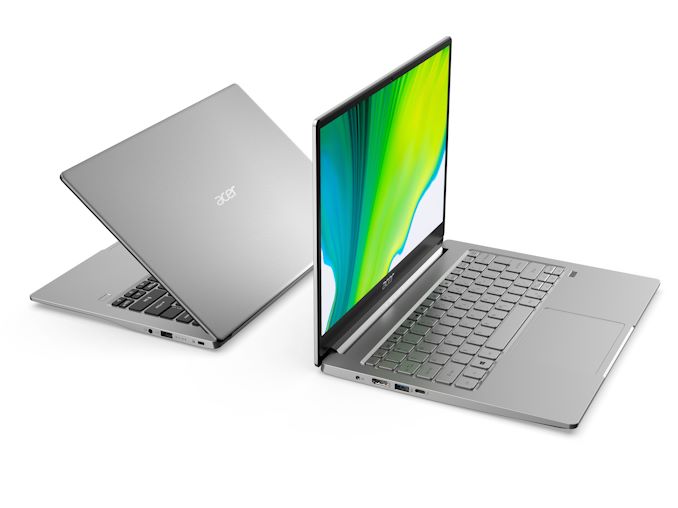
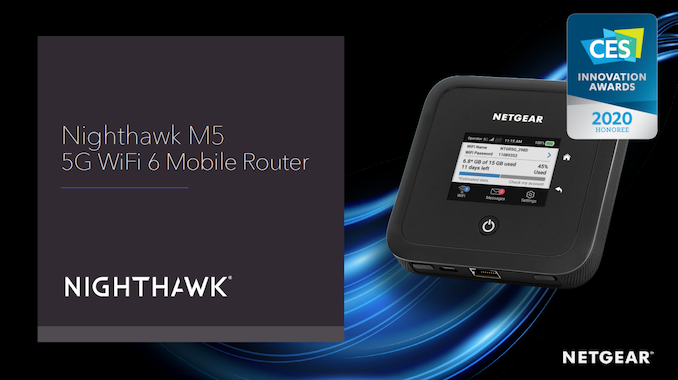
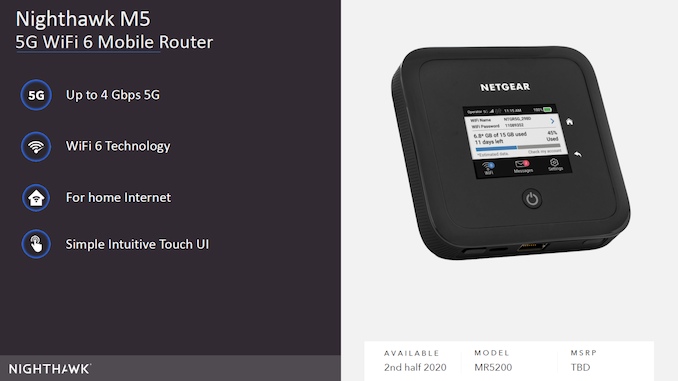
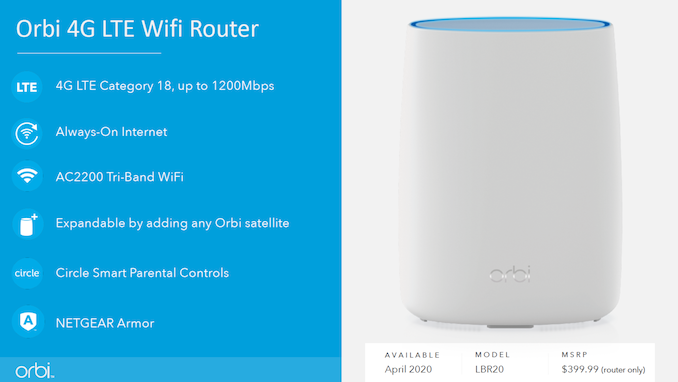
















Bookmarks